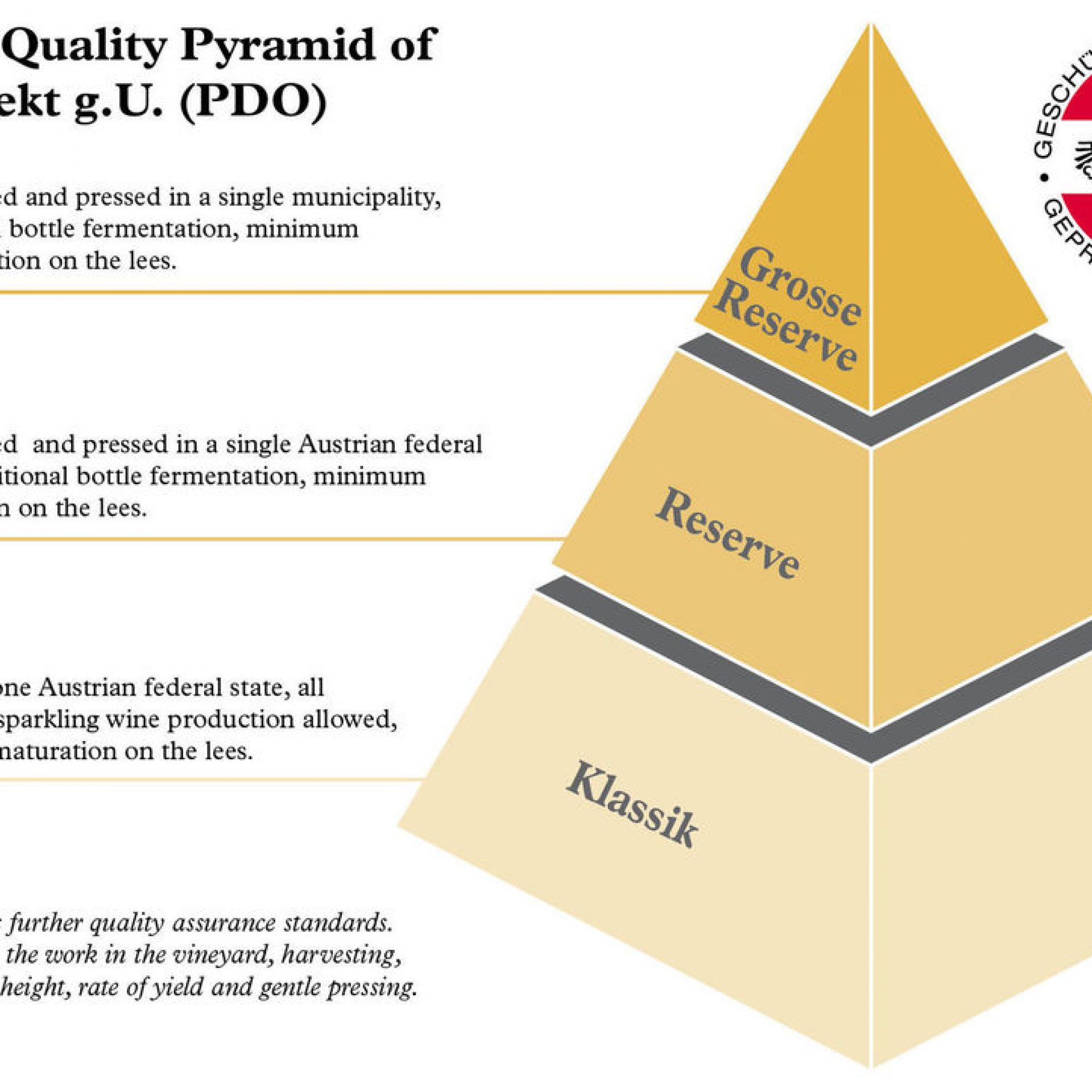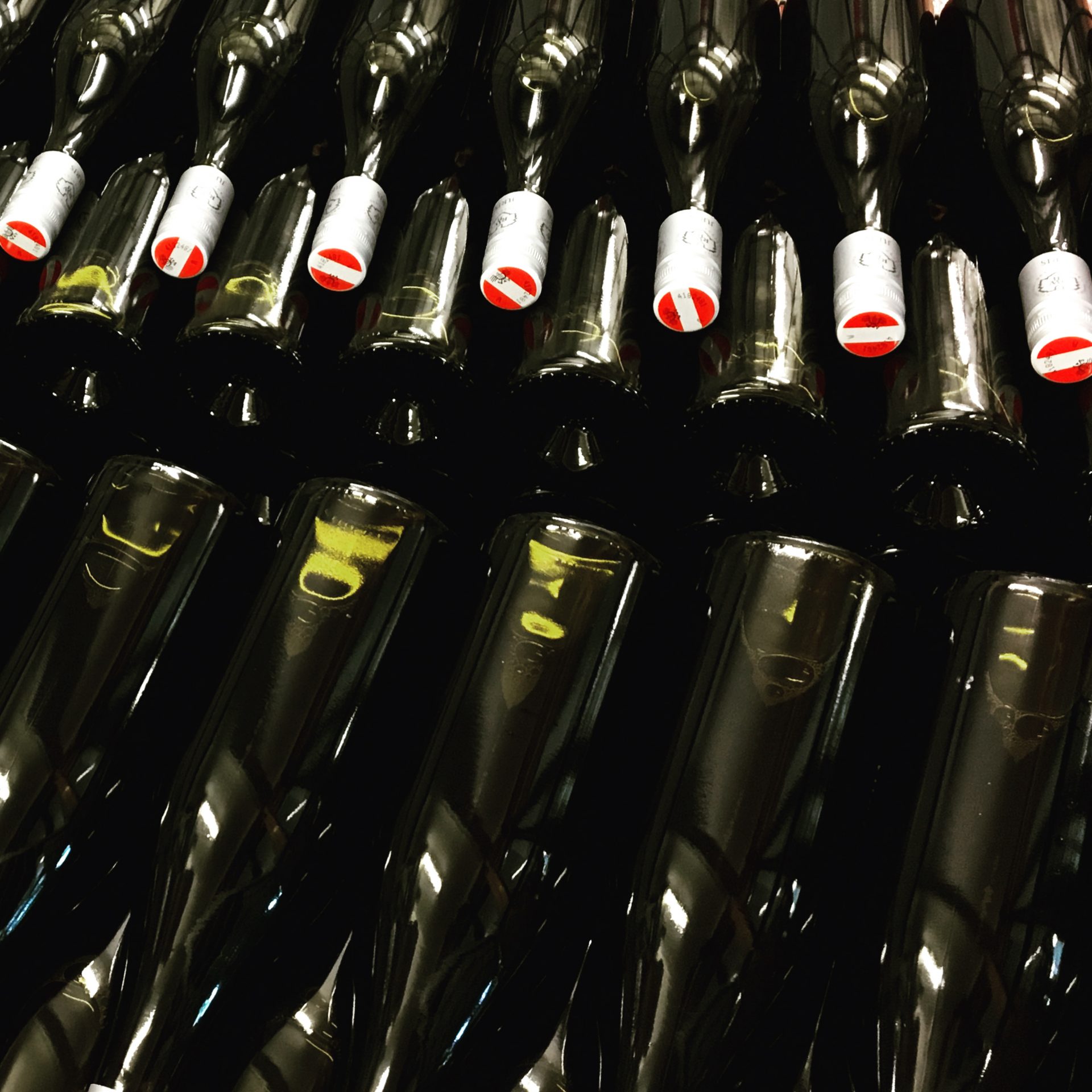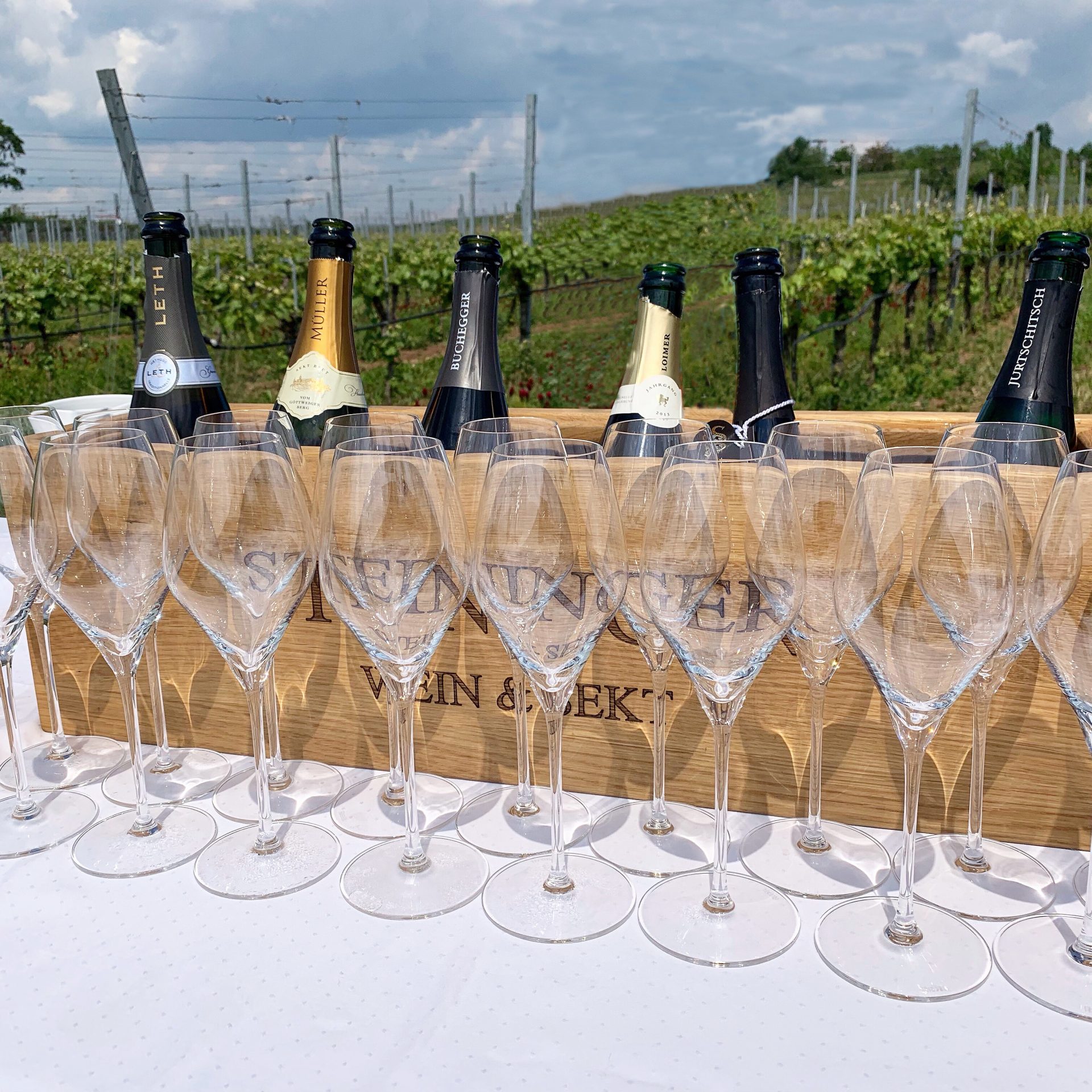If you’re not drinking Austrian Sekt, you’re not doing sparkling wine right. This seriously underappreciated sparkling wine can provide winelovers with a wide range of styles. Not to mention the amazing value that it commands when compared to some of its contemporaries like Champagne.
Sekt can be crafted with any of Austria’s permitted grape varieties with Pinot Noir, Pinot Blanc, Riesling, and Grüner Veltliner leading the way. Some of my faves include those crafted with indigenous varieties such as Zweigelt, St. Laurent, and Blaufränkisch.
Categories of Austrian Sekt
New laws regarding the classification of PDO (“Protected Designation of Origin”) Sekt were passed and entered into force in 2016 with the 2017 vintage produced under the new rules. PDO Sekt labeling requires the use of three designations – Klassik, Reserve, and Grosse Reserve. These are wine with specified geographic indications. But note that there are delicious non-PDO Sekts out there as well.

Overall, the laws are meant to assure consumers that the grapes are from Austria, the wine is made in Austria, and that they can be assured of the quality when they see that red striped flag on the top of the bottle.

The first entry level “Klassik” requires that the grapes come entirely from one of Austria’s federal states (e.g. Burgenland, Niederösterreich, etc.) and spend nine months on the lees. Sparkling wines in this category may be produced using any method suitable for sparkling wine production. Overall, these wines are refreshing, not too complex, and tend not to have much of an autolytic character. Many are made in the Charmat method (like Prosecco), which preserves the intense aromatics of Austrian varietals.
The second level “Reserve” Sekt must be produced using the Traditional Method aka Champagne Method. Like the Klassik wines, all of the grapes must be grown in one of Austria’s federal states, but in this instance hand-harvesting and whole-cluster pressing (maximum extraction rate of 60%) is also required. Reserve wines must spend a minimum of eighteen months on the lees.1 So if you’re a champagne lover, you may want to start here.
The top category of Austrian Sekt is Grosse Reserve and was a new designation finalized in 2018. Similar to Reserve Sekt, these wines must made using the Traditional Method and require hand-harvesting and whole-cluster pressing (maximum extraction rate of 50%). Grosse Reserve Wines must be sourced from a single municipality / winegrowing community (such as Poysdorf, Langenlois, Gols, etc.) or even a single vineyard (“ried”) site. A minimum of thirty months on the lees is required which provides the autolytic character that many associate with high quality vintage champagne. These wines enter the market three years after the harvest.
Experiencing Austrian Sekt in the Motherland
One of the best ways to experience Sekt is to taste it in the vineyard. On a recent Austrian press trip, one of the stops was in the city of Langenlois which is the mecca for Austrian Sekt. We were able to taste several Klassik, Reserve, and Grosse Reserve wines along the Langenlois Wine Trail (Weinweg Langenlois).

The wine trail itself is a little over 4 miles long and takes visitors through the “vineyard workplace,” part of which goes through the vineyards. The trail features a “wine safe option” where visitors are given a key and are able to unlock little kiosks along the trail which hold wines to drink. There are also picnic tables and various points of interest along the trail to teach visitors about Austrian wine.

Langenlois also features the LOISIUM World of Wine, which is an immersive look into the world of Austrian Wine, as well as the LOISIUM Wine and Sekt shop which offers a wide array of Sekts and other Austrian wines at vineyard prices. And if you need a place to stay, look no further than the LOISIUM Wine & Spa Resort, which is an absolutely gorgeous spot.

Where to Find Austrian Sekt in Houston
Of course, you can’t just drop everything, hop on a plane, and sit in the vineyard to drink sparkling wine. But wouldn’t that be nice? So if you’re in the same boat as most folks, keep an eye out on your local wine lists, particularly if the establishment has a high-quality or more adventurous wine program. More and more, these wines are making it across the pond and I’m here for it! For my Houston peeps, here are a few places that I’ve been fortunate to sip some tasty Austrian bubbly.
13 Celsius
With one of the most diverse wine selections in Houston, if there is ever a place to find that hard-to-find wine, it is 13 Celsius. While the selections rotate, there is almost always a quality Austrian sparkler on the menu.
Montrose Cheese and Wine
With a rotating selection of 125 wine and 12-15 cheeses, this is a space where you can experience those classic wine and cheese pairings that we all love. Master Sommelier June Rodil, who is a partner in the Goodnight Hospitality business group that owns Montrose Cheese and a few other establishments, has an Austrian sparkler on the menu from her private wine label that she crafts with Austrian winemaker Markus Huber.
a’Bouzy
Yes, champagne is the star of the show, but this ode to all things bubbly also features some fantastic Austrian bubbly. They feature everyday, easy-drinking versions (the sparkling Zweigelt Rosé is a fave) to the more “serious” traditional method sparklers. It’s OK to look away from the champagne!
Pappas Bros Steakhouse
Of course the red wines are front and center given that it’s a steakhouse, but the bubbles game is strong here. With one of the most comprehensive wine lists in the city, it’s no surprise that the feature some Austrian gems.
And if you find yourself popping some great Austrian Sekt, please drop me a line. Cheers y’all!






3 Comments
MARTIN D REDMOND
•4 years ago
Thanks for the Sekt background. I didn’t know about the quality levels. I’ve enjoyed a couple of bottles of Nigl Sekt some time ago.
Kat
•4 years ago
Yes, lots of work being done there with respect to Sekt. It’s great to see.